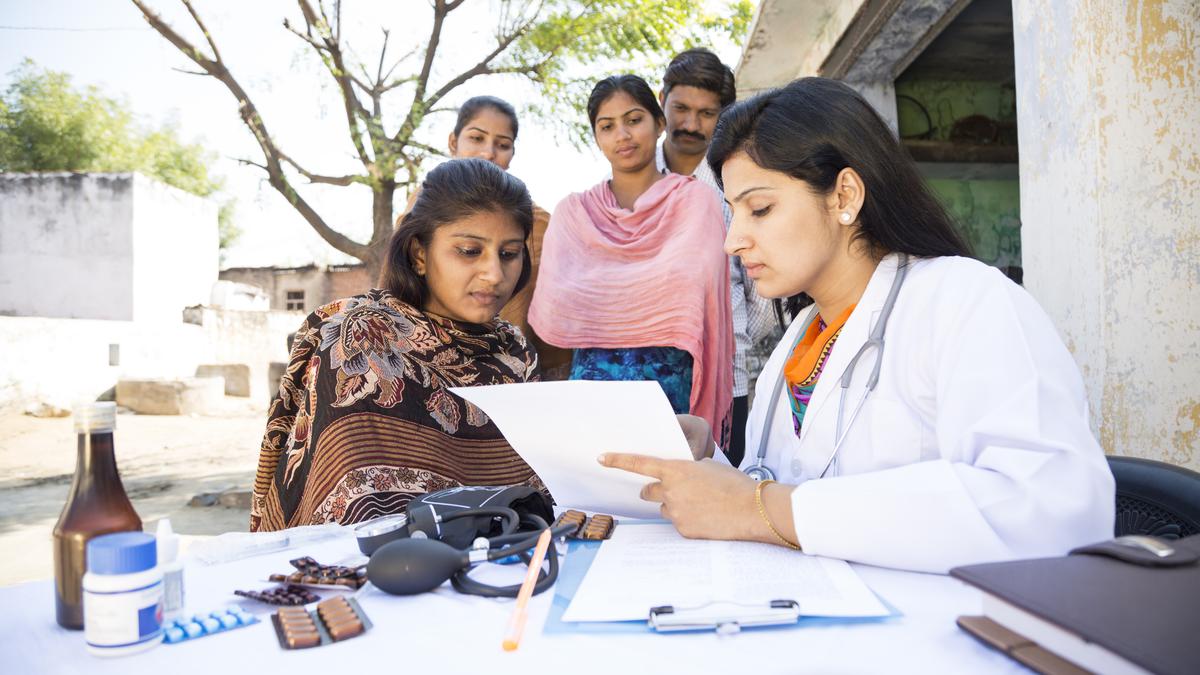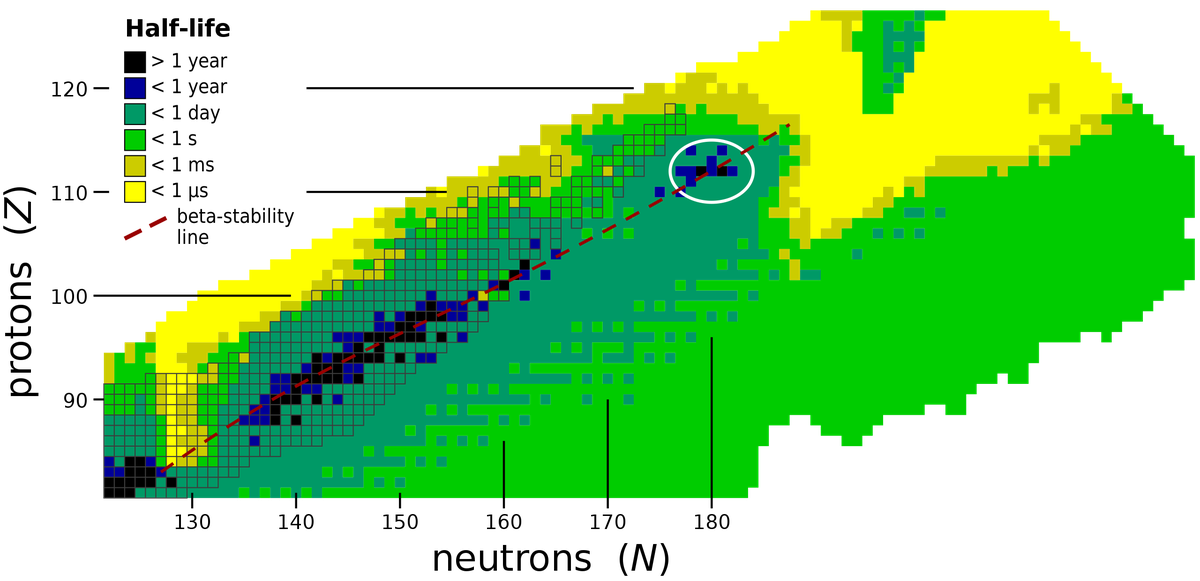The story so far: At 6.03 pm IST on August 23, the Chandrayaan-3 lander touched down on the moon’s surface, in the south polar region. The landing followed a 19-minute sequence in which the spacecraft used its engines, thrusters, and a suite of sensors to guide itself from an altitude of around 30 km and a speed of 1.7 km/s down to the ground. The success made India the fourth country to have soft-landed a robotic instrument on the moon and the first to have done so in the moon’s south polar region. This elite stature also boosts other countries’ confidence in the Indian Space Research Organisation (ISRO), which built, launched, and now operates the Chandrayaan-3 instruments – as well as raises expectations.
What is ISRO up to?
ISRO’s activities span conducting research, developing satellite systems, working with autonomous bodies, producing rockets (from working with vendors who supply various components to design, testing, integration, and launch), maintaining satellite-tracking infrastructure, operating existing satellites, mitigating orbital debris, etc. It is also a large organisation and needs to cater to the needs of its staff.
Some of its more prominent focus areas at the moment are:
– ‘Gaganyaan’, the human spaceflight mission – a group of astronauts are being trained while ISRO continues a series of tests of a modified Launch Vehicle Mark-3 (LVM-3) rocket before it can be certified to be safe to carry humans;
– Reusable Launch Vehicle Technology Demonstrator (RLV-TD) – tests are underway for a launch vehicle that can be used for multiple missions, unlike the existing rockets, each of which can be used only for one mission;
– SCE-200 – a powerful engine that uses highly refined kerosene (a.k.a. “Isrosene”) as the fuel and liquid oxygen as the oxidiser, to power the next generation of ISRO rockets, currently undergoing tests; and
– Small Satellite Launch Vehicle (SSLV) – a rocket smaller than the workhorse Polar Satellite Launch Vehicle (PSLV) to carry lighter satellites into low-earth orbit with a shorter turnaround time between launches, currently undergoing developmental flights.
Are there major missions coming up?
ISRO’s launch manifest – the list of entities to be launched – provides a glimpse of the major missions in the short, medium, and long terms. The earliest one is the Aditya L1 spacecraft, a scientific mission to study the sun in greater detail. It is expected to be launched in September this year onboard a PSLV rocket. This will happen alongside two flights of the modified LVM-3 to test the Gaganyaan mission’s crew escape system. ISRO is also expected to launch the XPoSat satellite, to study X-rays streaming through outer space, and the third developmental flight of the SSLV this year.
Also read | What next for ISRO after Chandrayaan-3 mission?
In January 2024 (as of now), ISRO is expected to launch the much-awaited NISAR satellite. Built jointly by ISRO and NASA, NISAR will study natural processes on the earth’s surface for three years in radar frequency, with a state-of-the-art setup that cost $1.5 billion to build.
The other major launches in 2024 are the Gaganyaan G1 and G2 flights, when a human-rated LVM-3 rocket will be flown without a crew, and the launch of the GSAT-20 communications satellite. In this time there are also a slew of ‘smaller’ missions planned; even if ISRO uses the tried-and-tested PSLV rockets for them, they consume time, resources, and attention.
In the midst of all this, ISRO will also have to undertake commercial launches, i.e. to launch payloads for other space agencies and/or companies and institutes.
Are there projects other than launches?
As missions to space become more complex and as each mission is expected to serve increasingly multifarious needs, any space programme will need better launch vehicles. ISRO developed the PSLV in 1993 to launch remote-sensing satellites in a pole-to-pole orbit. The LVM-3 was developed so that India could launch heavy satellites, like those of the INSAT and GSAT series. The SSLV was developed to tap into the market for launching small satellites.
The next step is the RLV-TD. Its design resembles that of the NASA Space Shuttle, with a winged body that can propel itself using heavy-duty engines or glide through the air, as required. Once ready, the RLV-TD is expected to be able to lift up to 20,000 kg to low-earth orbit.
ISRO has also been working on developing safer and more energy-efficient rocket fuel. One example is the methalox propellant (methane plus liquid oxygen). On a related note, its scientists have also been working on an electric propulsion system for satellites, which are lighter than their chemical propellant counterparts and potentially beneficial to a satellite’s lifespan as well.
The organisation has also been transferring some technologies, especially related to telecommunications and electronics, to the private sector. It plans to do the same thing with the SSLV once its developmental flights have been completed.
Are there any more moon missions?
Chandrayaan-3 is actually part of a longer roadmap of lunar exploration that could give us Chandrayaans 5, 6 or more. But before that, ISRO’s next plan to go (back) to the moon is already in the works: in collaboration with the Japan Aerospace Exploration Agency (JAXA), it is developing systems for the Lunar Polar Exploration (LUPEX) mission, a natural extension of the Chandrayaan-3 mission. Some ISRO scientists have called it “Chandrayaan 4”.
LUPEX will also consist of a lander and a rover but they will be more sophisticated. Together, they will extend studies of the moon’s south polar region, including using a drill to extract subsurface samples for further analysis.
It is also expected to demonstrate ‘night survival’. On the moon, day and night each last 14 earth days. During a lunar night, there will be no light and the temperature could drop down to -180 degrees Celsius. During the day, the lander and the rover can be powered by solar panels, but at night, they will need alternative sources of energy. Their electronic components will also need to survive these punishing conditions so that, once the sun dawns after two weeks, they can resume operations. As of today, JAXA is set to provide the launch vehicle and the rover, and ISRO, the lander.
Next, as a result of the various sanctions imposed on Russia, some space agencies and companies have been looking for alternative providers of services that Russia was providing until then. This is why, for example, ISRO launched the OneWeb satellites in 2022 and is expected to launch the European Space Agency’s PROBA-3 satellites in 2024.
Finally, ISRO also has plans to return to Mars and develop missions to study Venus – with a mission called ‘Shukrayaan’ – in addition to studying the sun with the Aditya L1 mission.
- At 6.03 pm IST on August 23, the Chandrayaan-3 lander touched down on the moon’s surface, in the south polar region.
- ISRO’s launch manifest – the list of entities to be launched – provides a glimpse of the major missions in the short, medium, and long terms.
- Chandrayaan-3 is actually part of a longer roadmap of lunar exploration that could give us Chandrayaans 5, 6 or more.











